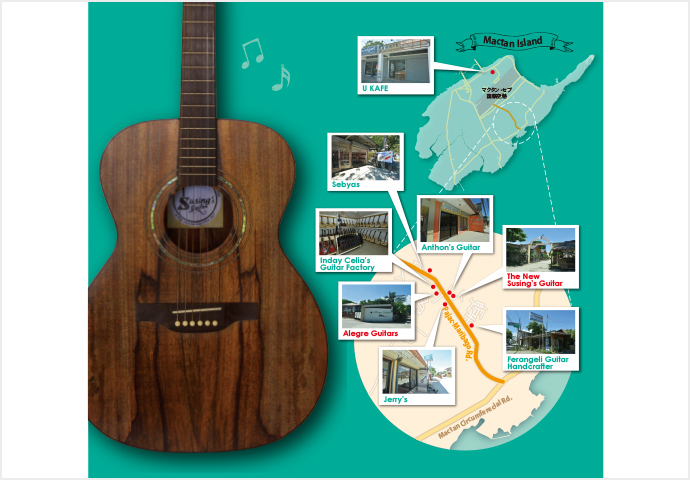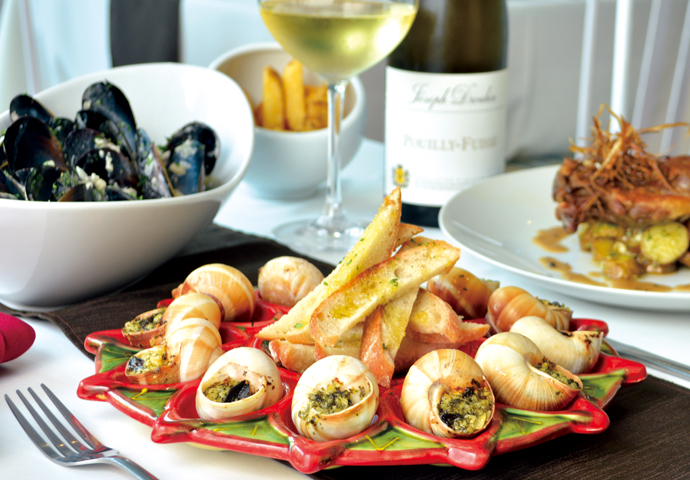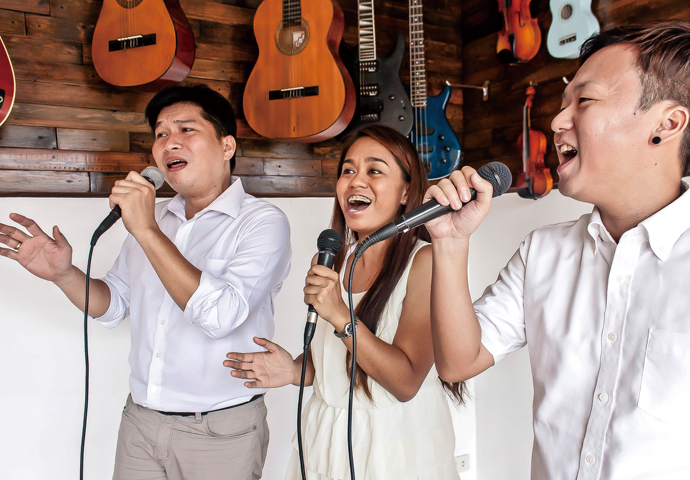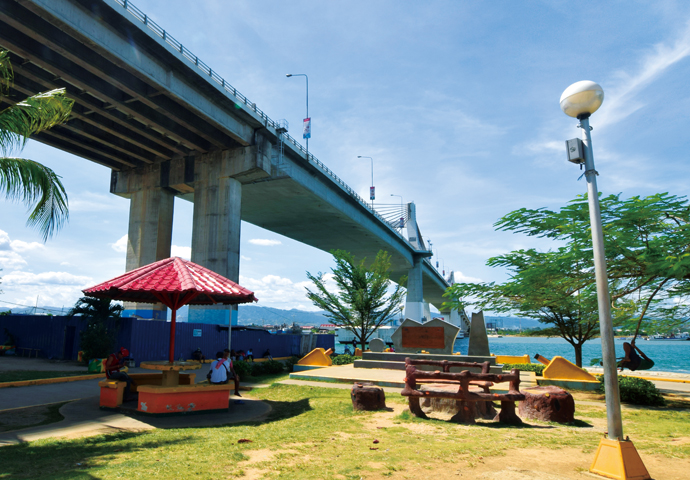Guitars: The Making of a True Cebuano Pride
© CEBU navi SAKURA | vol.12 Nov.-Dec.2017
Cebuanos are known for their impeccable love for music which is something that is rooted deep in the island's history. They're also known around the world for their high-end guitars. The guitar making industry has been thriving on the island for decades and plays an important role in Cebu's economy. Guitars, or "gitaras" as their known locally, were first introduced to the island during the Spanish Era, with their name derived from the Spanish word "kitara". Spanish friars brought their "kitaras" with them to the Philippines. As time passed by, their stringed instruments wore out. Sending them to Mexico, their country of origin, for repairs seemed to be impractical. So, they thought of another option; they asked locals from Lapu-Lapu to repair and replicate their instruments. Savvy locals then saw this as a good opportunity to start a business and thus, started one of the oldest industries in Cebu and Lapu-Lapu City. Today, the guitar making industry still mostly uses traditional techniques. Guitars and other stringed instruments, such as ukuleles and banjos, are not just popular locally but globally, exporting as many as 300,000 pieces per quarter to countries such as the United Kingdom, United States, and other parts of Asia. Currently, the demand for guitars and other stringed instruments in the country and abroad continues to increase, withstanding the current worldwide financial crisis. But what makes these stringed instruments so unique and special? Guitar enthusiasts would say its the melodious tones they produce that leads them to seek out Cebu-made guitars. But it's not only the sound quality that attracts them, it's also the intricate designs incorporated into each piece, the meticulous way the skilled luthiers make them, and the materials that are used. Mahogany, acacia, and mango wood is used for pieces that will be sold and used locally, while spruce, cedar, rosewood, and koa wood is used for pieces that are meant to be exported. Imported wood is used to ensure the guitars are able to withstand the hot and cold temperatures abroard to maintain their physical appearance. In this feature article, we have visited popular guitar manufacturers in Lapu-Lapu City to see how these lovely musical instruments are made. Let us take you on a musical journey through the Abuno area in the Pajac district of Lapu-Lapu!












